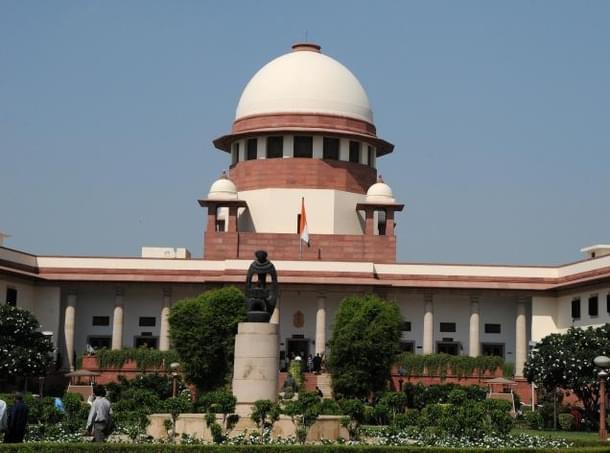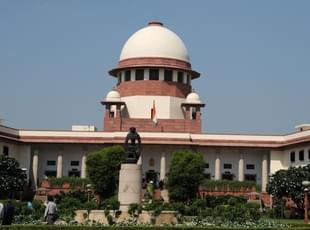Ideas
Why SC Judges Need To Make Better Disclosures Of Their Assets
Sanjeev Nayyar
May 17, 2016, 01:38 PM | Updated 01:38 PM IST
Save & read from anywhere!
Bookmark stories for easy access on any device or the Swarajya app.


The spotlight is on the judiciary, now that it has been taking on an activist role in many areas. From cancelling licences in the coal and 2G scams to deciding on how to tackle vehicular pollution in Delhi or licensing of dance bars in Maharashtra, the courts have been going far beyond just interpreting the law.
And no less than the President, Pranab Mukherjee, was constrained to
make a mention of excess judicial activism. He said: “Each organ of our
democracy must function within its own sphere and must not take over what is
assigned to others.’’
Among other things, the judiciary has been at the forefront of demands
for transparency in government. But those demanding transparency in others
ought to be transparent themselves. This writer decided to check out how
transparent the judiciary itself was in disclosing its assets and liabilities,
and he found that some of the disclosures lacked detailing.
It was in 1997 that a “full court meeting of the Supreme Court resolved
that every judge should make a declaration of all his/her assets in the form of
real estate or investments (held by him/her in his/her own name or in the name
of his/her spouse or any person dependent on him/her) within a reasonable time
of assuming office, and thereafter whenever any acquisition of a substantial
nature is made, it shall be disclosed within a reasonable time.”
Table A below shows the declarations made by Supreme Court judges. A simple
perusal of the declarations, as available on 13 May 2016, shows that some judges
have made delayed declarations, some not at all, and some without indicating
the dates on which these assets and liabilities have been valued.

The following are some broad observations one can make from the declarations found on the Supreme Court site.
One, all but four judges have made declarations. (Note, the disclosure of
assets is currently made voluntarily).
Two, some judges have not stated the date of valuation of their assets.
Three, the declarations are supposed to be made within a reasonable time after
appointment. Some judges declared their assets more than six months after
appointment.
Four, some declarations include the spouse’s assets but others do not. It is
not clear if this is because the spouse does not have any assets worth the name
or an inadvertent omission.
Five, barring a few, the declarations of assets have not been updated regularly.
Six, the declaration of assets does not consistently give the value of
individual assets.
Since these declarations are voluntary, and since voluntariness cannot
be the basis for accountability and transparency, this might be a good time to
revisit the 1997 resolution to make the declaration more standardised and regular
and obligatory.
Here are some suggestions.
One, the declaration of assets and liabilities (movable and immovable property for self, spouse and dependent children/parents) by all judges of the Supreme and the High Courts should be made mandatory.
According to a Press Information Bureau note of 3 December 2014,
“Section 44 of the Lokpal and Lokayuktas Act, 2013 mandates that every
public servant (as defined in the Act, which includes ministers, members of
Parliament, government employees, employees of statutory bodies, public sector
undertakings, etc.) shall make a declaration of his assets and liabilities as
well (that) of his spouse and dependent children in the manner as provided by
or under the said Act”.
The declarations made should be
accessible to the public, just as is the case for Union ministers.
Two, the declaration must clearly state the date on which it is made, and
updated annually, or when there is a substantial change.
Three, all declarations should be uploaded on the respective court sites.
Four, declarations should be made within 90 days of a judge’s appointment, as
is the case for Lok Sabha MPs.
Five, every asset in the
declaration should be as per market value as on a specific date.
Six, the declaration should end with this line: “I, Mr/Ms XXX, hereby
declare that the information given above is true and correct to the best of my
knowledge and belief. “
The judiciary judges the acts of omission and commission of many people.
Just as Caesar’s wife must be above suspicion, so too the judiciary.
The writer is an independent columnist, travel photojournalist and chartered accountant, and founder of eSamskriti. He tweets at @sanjeev1927.




